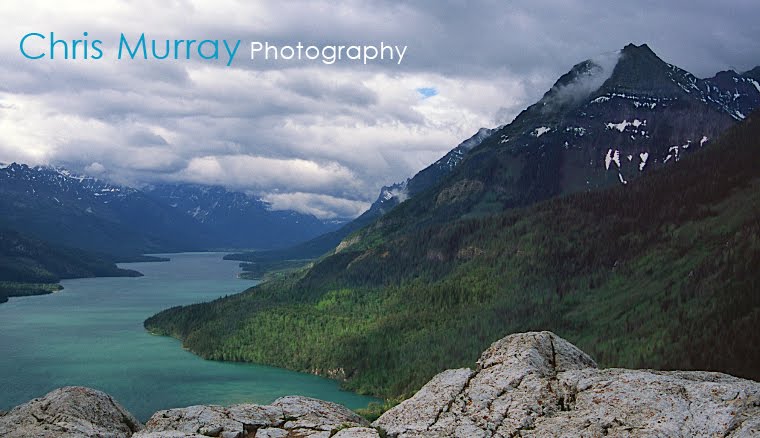At the behest of several friends, family members, acquaintances, ex-cons, plumbers, I’ve decided to finally start a blog. People want to know you, they would tell me. Really? Me? Until now I have been reluctant to do so, for three reasons. First, does anyone actually read blogs? I’ve been told that some people do. And I’ve read that some people actually make a living out of writing blogs, something that bewilders me to no end. Second, do I really have anything to say? Why of course I don’t! Until now I have preferred to let my photos speak for me. But it occurred to me that I could offer photography tips as well as narrative on select images. Some of my photos may even have an interesting story behind them, at least to maybe one percent of you. And finally, do I want to spend a chunk of time each week doing something that may ultimately make little or no difference? This whole social media thing can quickly get out of hand. I already have a website and a Facebook page to which to tend, do I really want to add blogging to that? Don’t I have something better to do? But after careful consideration I realized that I really don’t have anything better to do, hence the decision to go forth and blog.
So there you have it, my first blog. I promise that future blogs will be more informative with less tripe. And as always I am open to comments and suggestions, provided they are all full of praise.





